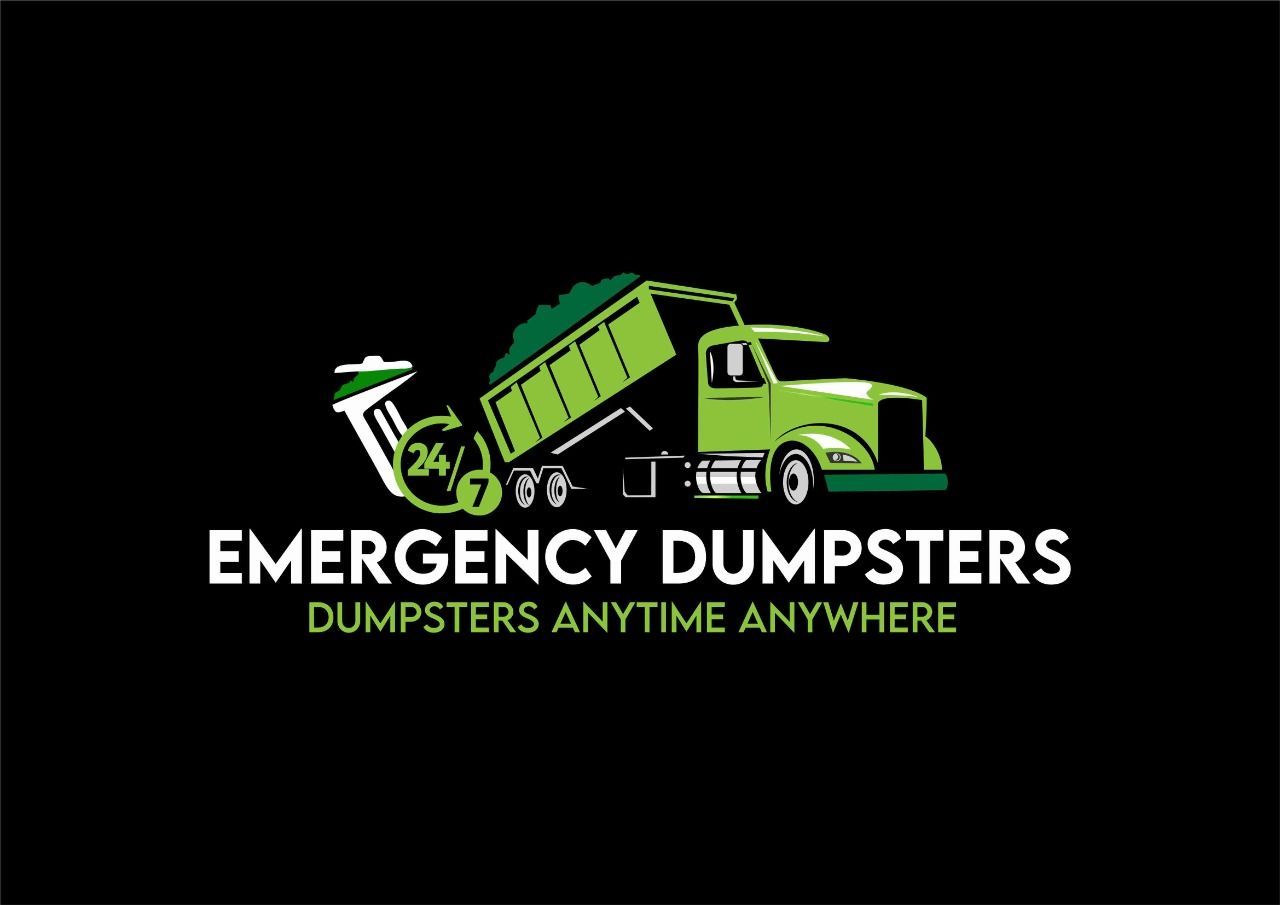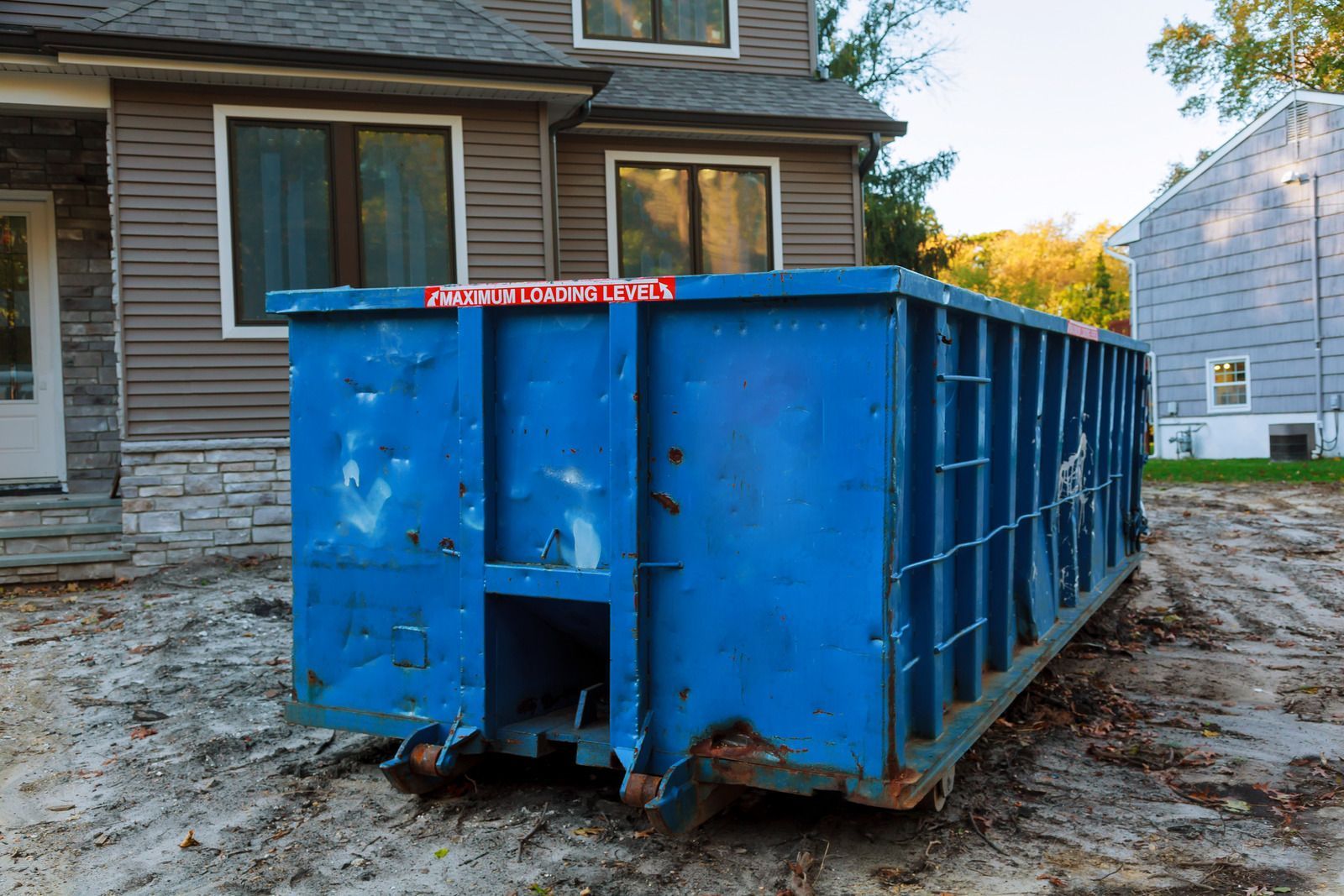When it comes to roofing renovations, figuring out the best way to dispose of the waste can be a daunting task. However, choosing the right
roofing dumpster is crucial, as it can save you both time and money.
With the wide range of dumpster sizes available, it's essential to understand how to pick the right one for your specific project. So let's decode the dumpster dimensions and help you select the perfect size for your roof renovation.
Understanding the Importance of a Roofing Dumpster
Before we delve into the details of dumpster dimensions, let's discuss the importance of having a roofing dumpster for your project. Roof renovations generate significant waste, such as old shingles, underlayment, nails, and other debris.
Disposing of this waste properly is vital to ensure a safe and efficient work environment. A roofing dumpster is a convenient and cost-effective solution for managing your project's waste, allowing you to focus on the renovation work.
Dumpster Sizes: An Overview
Dumpsters come in various sizes to accommodate different project requirements. Generally, dumpster sizes are measured in cubic yards (yd³), representing the volume of debris they can hold. Here's a quick overview of the most common dumpster sizes available:
- A 10-yard dumpster is the smallest size available, suitable for small roofing projects or minor renovations.
- 20-yard dumpster: A popular choice for medium-sized projects, this dumpster can handle larger quantities of waste.
- 30-yard dumpster: Ideal for large-scale renovations or new construction projects, this dumpster can accommodate substantial amounts of debris.
- 40-yard dumpster: The largest size available, this dumpster is perfect for extensive roofing projects or complete tear-offs.
Keep in mind that the availability of dumpster sizes may vary depending on your location and the rental company you choose.
Estimating Your Roofing Waste
Before selecting a dumpster size, estimating the amount of waste your project will generate is essential. This will help you avoid overfilling the dumpster or renting additional containers. Here's a simple formula to help you
estimate your roofing waste:
- First, calculate the total square footage of your roof.
- Next, determine the number of layers of shingles you'll be removing.
- Next, multiply the square footage by the number of layers to get the total square-foot waste.
- Finally, divide the complete waste by the waste factor (typically 3.3 for asphalt shingles) to convert it into cubic yards.
For example, if your roof is 1,500 square feet and you remove one layer of shingles, your total waste will be 1,500 square feet. Dividing this by the waste factor of 3.3, you'll get approximately 454 cubic feet, which translates to roughly 17 cubic yards. In this case, a 20-yard dumpster would be an ideal choice.
Factors to Consider When Choosing a Roofing Dumpster
Final Thoughts
Selecting the right roofing dumpster for your
renovation project is crucial for efficient waste management and a successful outcome. By understanding the various dumpster sizes, estimating your project's waste, and considering factors like weight limits, accessibility, rental duration, and local regulations, you can make an informed decision about the best dumpster size for your needs.
Remember that it's always better to opt for a slightly larger dumpster than to risk overloading a smaller one. This will help you avoid extra fees and the hassle of arranging additional containers. Moreover, working with a reputable dumpster rental company can provide valuable guidance and support.
With the right roofing dumpster in place, you can focus on the vital task – transforming your roof into a beautiful and functional space for your home or office. Happy renovating!


